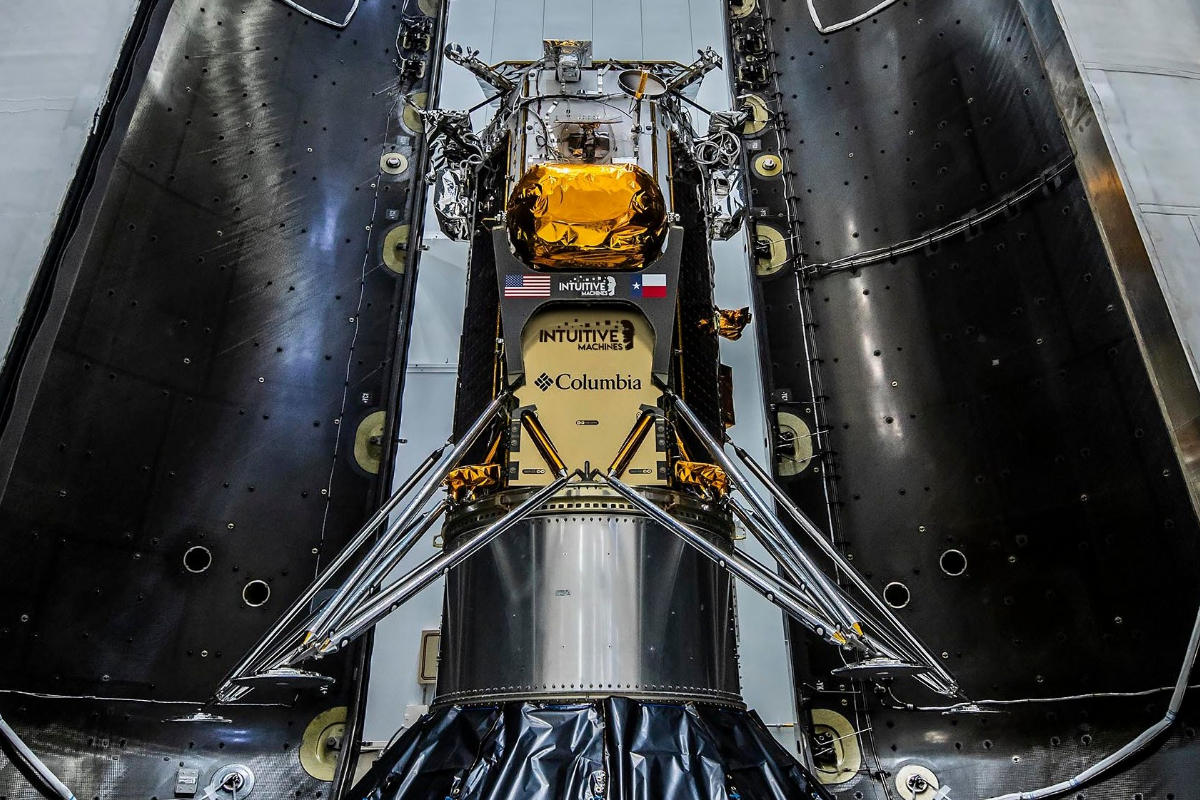LG Energy Bolsters Lithium Supply with Second WesCEF Agreement
LG Energy signs 85k ton lithium deal with WesCEF. WesCEF's Mt. Holland...

Private US Moon Lander Launches 50 Years After Apollo Mission
In a historic move, a private U.S. aerospace company, Intuitive Machines, launched its robotic moon lander, the Nova-C lander named Odysseus, on a NASA mission to achieve the first U.S. lunar touchdown in over half a century and the first by a privately owned vehicle. The launch took place in the early hours of Wednesday from NASA’s Kennedy Space Center in Cape Canaveral, Florida, atop a SpaceX Falcon 9 rocket.
The Nova-C lander, resembling a hexagonal cylinder with four legs, is part of NASA’s Artemis program, aiming to return astronauts to the moon and pave the way for future human exploration of Mars. If successful, this mission, known as IM-1, would mark the first controlled descent to the lunar surface by a U.S. spacecraft since the final Apollo crewed moon mission in 1972 and the first by a private company.
The launch follows a recent setback when Astrobotic Technology’s lunar lander experienced a propulsion system leak on its way to the moon. Intuitive Machines’ Nova-C faces the challenge of becoming the first private vehicle to achieve a “soft landing” on the lunar surface, overcoming previous failures by private companies from Israel and Japan.
The Nova-C vehicle is scheduled to reach its destination, crater Malapert A near the moon’s south pole, after about a weeklong flight, with an expected landing date as early as Feb. 22. The mission will focus on various objectives, including studying space weather interactions with the moon’s surface, conducting radio astronomy, testing precision landing technologies, and navigation.
This mission is part of NASA’s strategy to leverage the capabilities of private companies, such as SpaceX, to reduce the cost of space exploration. In contrast to the Apollo era, where NASA owned and operated the technology itself, the Artemis missions involve partnerships with private companies like Intuitive Machines.
While NASA recently announced a delay in its target date for a crewed Artemis moon landing to late 2026, the U.S. is in a race with China, aiming to return astronauts to the moon by 2030. Small landers, such as the Nova-C, are expected to play a crucial role in gathering data about the lunar environment and conducting experiments that will pave the way for future crewed missions.
Intuitive Machines has further lunar missions planned, with IM-2 scheduled to land at the lunar south pole in 2024, followed by an IM-3 mission later in the year, featuring several small rovers. The successful launch of the Nova-C signifies a significant milestone in the resurgence of lunar exploration, showcasing the capabilities of the private sector in advancing space exploration goals.
Catch all the Business News, Breaking News Event and Latest News Updates on The BOL News
Download The BOL News App to get the Daily News Update & Live News.